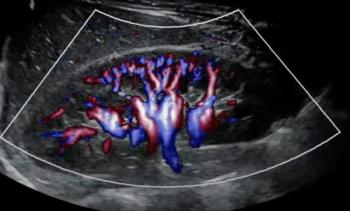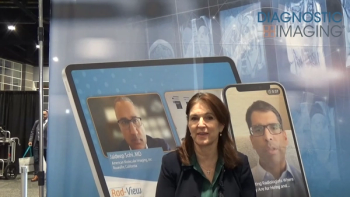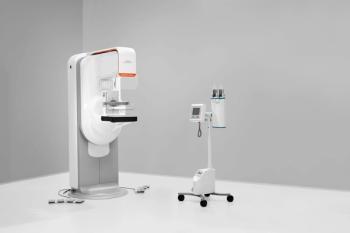
GE recruits new allies
GE Medical Systems has signed licensing agreements with the Texas A&M University system and Beth Israel Deaconess Medical Center to develop new near-infrared-light imaging technologies. Efforts will focus on assessing the potential of these technologies
GE Medical Systems has signed licensing agreements with the Texas A&M University system and Beth Israel Deaconess Medical Center to develop new near-infrared-light imaging technologies. Efforts will focus on assessing the potential of these technologies to improve the detection, diagnosis, and treatment of cancers. The licensing agreements call for GE to work with the research institutions to advance technologies there for eventual FDA approval.
The A&M system technology, fluorescence-enhanced optical imaging and tomography, combines imaging sensitivity, tissue penetration, and tissue characterization as the means to detect and track disease progression. It also might be used in the development of new diagnostic and therapeutic agents. The Beth Israel Deaconess technology is an intraoperative near-infrared fluorescence imaging system that enables surgeons to visualize surgical anatomy and functional fluorescence simultaneously, noninvasively, and with high spatial resolution. Potential applications include image-guided sentinel lymph node mapping, image-guided cancer resection with real-time assessment of surgical margins, mapping of tumor and normal vasculature, image-guided avoidance of critical structures such as nerves, and detection of occult metastases.
Newsletter
Stay at the forefront of radiology with the Diagnostic Imaging newsletter, delivering the latest news, clinical insights, and imaging advancements for today’s radiologists.




























